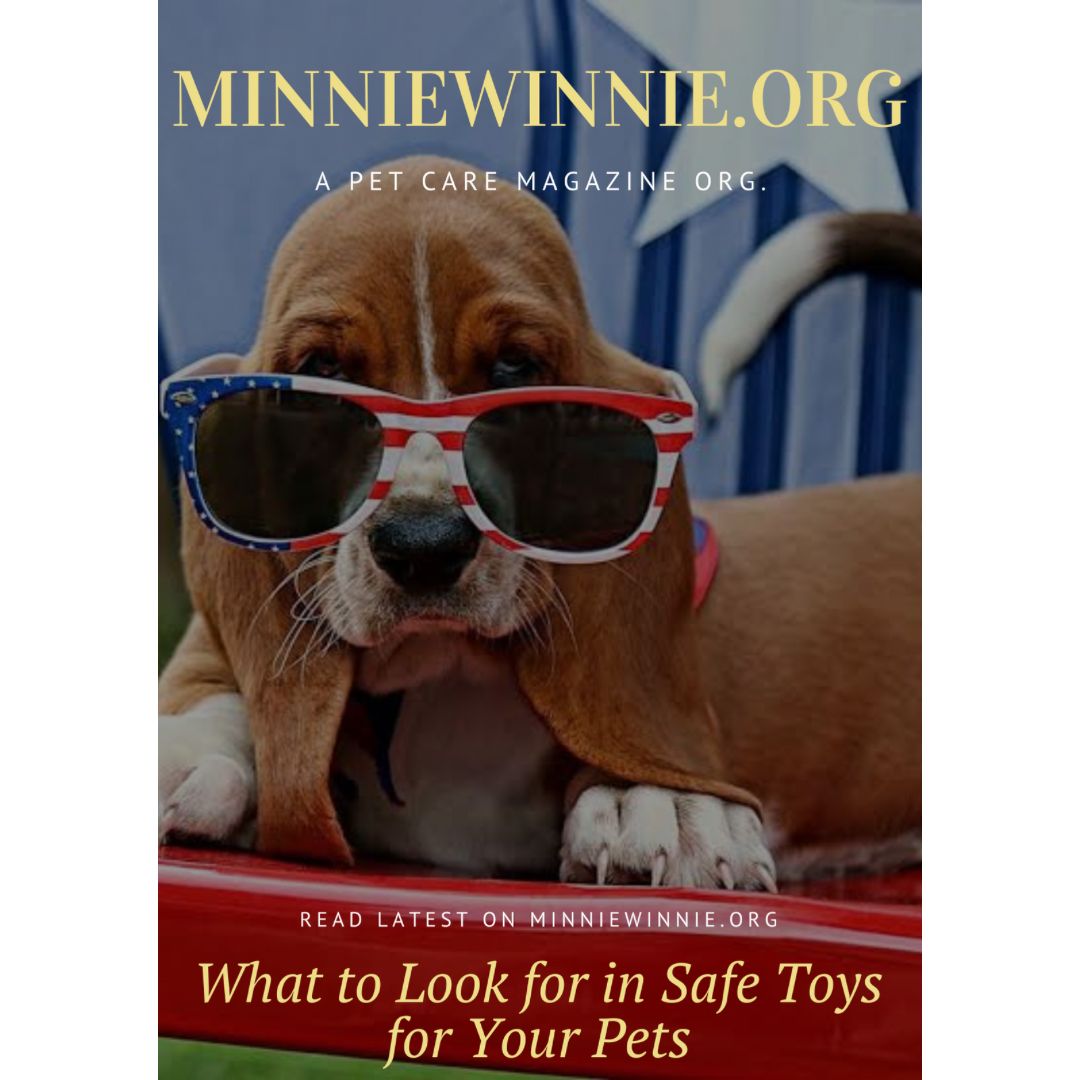What to Look for in Safe Toys for Your Pets
Choosing safe toys for your pets is more than just picking something fun. Pet toys are essential for mental stimulation, exercise, and reducing destructive behaviors. However, not all toys are safe, and it’s important to know what to look for to ensure your pet’s health and safety. This guide will help you make informed decisions when selecting toys that are both fun and hazard-free for your furry friends.
1. Material Matters
The material of the toy is one of the most important factors to consider. Toys made from toxic or easily breakable materials can pose a serious health risk. Look for toys made from:
- Non-toxic, BPA-free materials: Especially for chewing toys, ensure they are free of chemicals that could be harmful if ingested.
- Durable rubber or silicone: These are long-lasting materials that withstand rough play and chewing, making them ideal for dogs.
- Natural fibers: Cats often love toys made from natural materials like wool or cotton, which are safe if chewed or clawed.
2. Size and Shape
Toys that are too small or have pieces that can break off may become choking hazards. Here’s what to watch for:
- Avoid small parts: Toys with bells, buttons, or other small attachments may be fun, but they can easily be swallowed or cause choking.
- Choose appropriate size: A toy should be large enough that your pet can’t accidentally swallow it. For example, balls or chew toys should not be small enough to fit entirely in your pet’s mouth.
- Watch for sharp edges: Toys with rough or sharp edges can cause injuries to your pet’s mouth, paws, or other body parts.
3. Durability
Your pet’s toy should be strong enough to endure chewing, tugging, and other rough play without breaking apart.
- For aggressive chewers: If your pet is a strong chewer, opt for heavy-duty toys designed specifically for them. Brands often label their products as “tough” or “durable” for chewers.
- Replace worn-out toys: Over time, toys can wear down and pose a risk if parts start to break off. Regularly check toys for signs of damage and replace them when necessary.
4. Interactive and Enrichment Toys
Toys designed to stimulate your pet mentally can help keep them engaged and prevent boredom.
- Puzzle toys: These are great for keeping pets occupied as they try to solve how to get to a treat or figure out a hidden compartment.
- Feather wands and laser pointers: For cats, interactive toys like feather wands or laser pointers are great for sparking their hunting instincts. However, ensure you store them safely when not in use to avoid accidental damage or misuse.
5. Avoid Dangerous Fillings
Many stuffed toys contain fillings that can be dangerous if ingested. If your pet tends to destroy their toys, consider these precautions:
- Steer clear of bean or pellet fillings: These can cause choking or digestive issues if your pet manages to tear the toy open.
- Opt for tightly stitched seams: Soft toys with reinforced stitching are less likely to be torn apart easily.
- Squeakers can be a risk: While squeaky toys are fun for many pets, the squeaker inside can become a choking hazard if swallowed. Keep an eye on your pet when playing with these toys, and discard them if they show signs of damage.
6. Tailored to Your Pet’s Age and Breed
Different breeds and ages have unique needs when it comes to toys.
- Puppies and kittens: Young pets may benefit from softer toys that they can chew without damaging their teeth. Chew toys for teething puppies are designed to be both soft and soothing.
- Older pets: Senior pets might prefer gentler toys that are easy to pick up and play with, such as soft plush toys or gently interactive games.
- High-energy breeds: Some pets, especially dogs with high energy levels, need toys that encourage exercise and mental stimulation, such as frisbees, balls, and interactive fetch toys.
7. Ease of Cleaning
Toys can get dirty quickly, especially if your pet takes them outdoors or chews on them regularly. It’s important to choose toys that can be easily cleaned to prevent the buildup of bacteria.
- Look for washable toys: Many rubber and silicone toys can be cleaned in the dishwasher, while some fabric toys may be machine washable.
- Non-porous materials: These are easier to clean and less likely to harbor bacteria, especially for chew toys.
8. Monitor Playtime
Even the safest toys can become hazardous if not monitored properly. Always supervise your pet during play, especially if they are playing with something new. This ensures they are using the toy as intended and reduces the chance of injury.
Conclusion
Choosing safe toys for your pets requires a bit of research and attention to detail, but the benefits are worth it. By focusing on materials, size, durability, and the specific needs of your pet, you can ensure that playtime is fun, enriching, and free from danger. Always inspect toys regularly, replace damaged ones, and supervise your pet to create a safe, playful environment. After all, happy pets are healthy pets!










